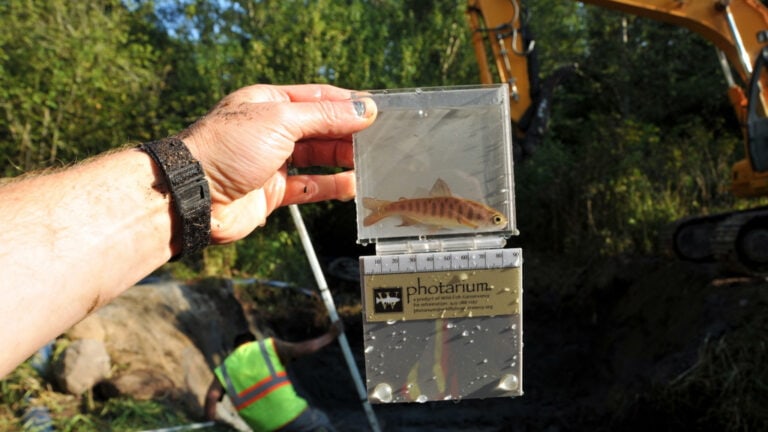
Thomas Creek Family Forest Fish Passage Project
WFC removed a partial barrier to fish passage (two undersized round culverts) at the Kuhlmann Property on Thomas Creek and installed a
10′ span x 12′ long x 5′ high precast box culvert.
Despite hundreds of millions of dollars invested annually to protect and recover declining fish populations in the Northwest, many fundamental questions regarding our region’s wild fish resources remain unanswered.
Existing assumptions have too often been made in lieu of empirical study. Testing those assumptions drives Wild Fish Conservancy’s research and monitoring program.
We conduct research and monitoring projects in rivers, on lakes, and in near-shore marine habitats, at sites heavily impacted by human activity and in pristine areas untouched by development. We document the abundance and diversity of targeted species, their behavioral patterns, and geographic distribution. We study salmon spawning activity, fish passage at road crossings, water diversions, and agricultural pump facilities, and interactions between wild and hatchery fish.

WFC removed a partial barrier to fish passage (two undersized round culverts) at the Kuhlmann Property on Thomas Creek and installed a
10′ span x 12′ long x 5′ high precast box culvert.
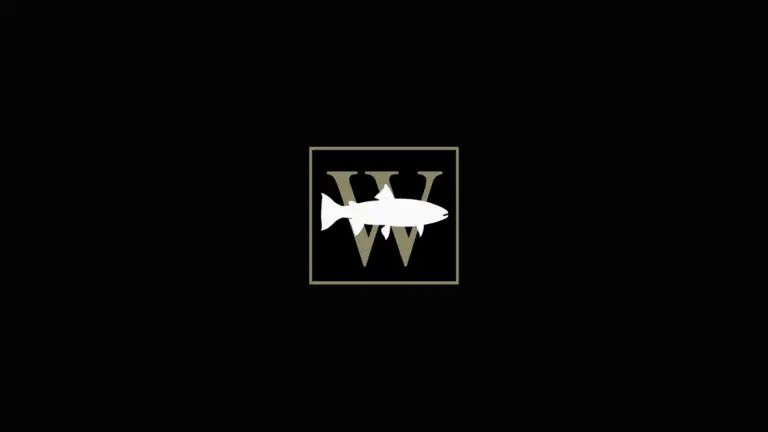
The goal of this project is to increase adequate flow (to the extent possible) and improve water quality and habitat for all salmonid and native fish species in the Garrison Creek watershed.
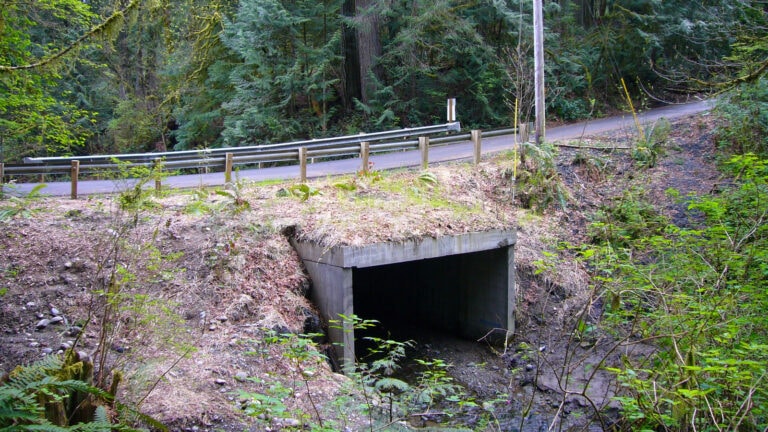
Snyder Cove Creek is a perennial, fish-bearing watershed that flows into the east side of Eld Inlet. It offers excellent spawning and rearing habitat, and currently supports populations of cutthroat trout, sculpin, and lamprey. An undersized (3ft diameter) culvert creates a barrier to the upstream migration of fish, effectively blocking almost one mile of fish habitat.
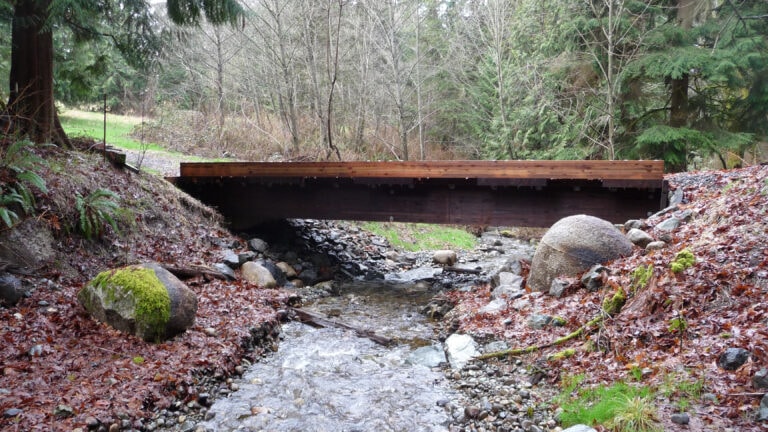
WFC staff replaced the failing culvert with a 34-foot wide wooden bridge and added large woody debris (LWD) and rock weirs that will provide a huge increase in flow capacity and provide wild salmonids access to critical spawning and rearing habitat upstream from the project site.
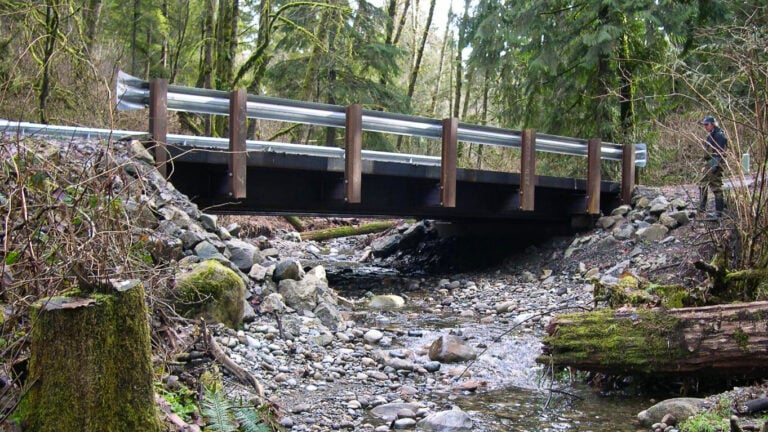
WFC staff replaced an undersized partial-barrier culvert with a 35′ long by 16′ wide modular steel bridge. Minor in-channel work was performed to provide a consistent gradient through the project reach, and LWD was added to increase instream habitat complexity. Disturbed areas were replanted with native trees and shrubs.
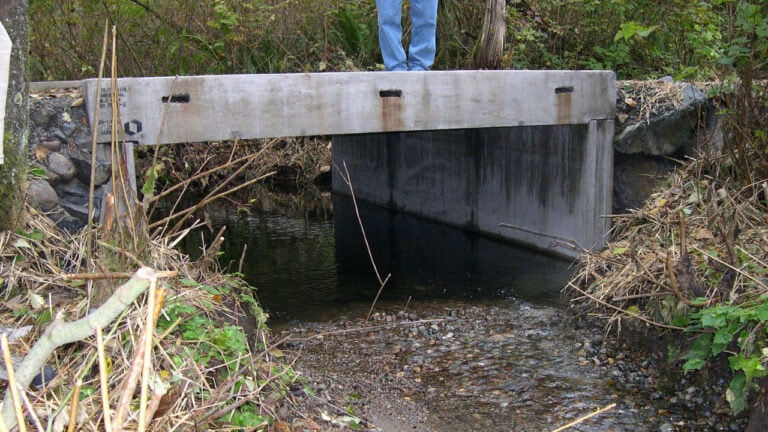
The goal of this project was to improve access to both upstream and downstream habitat for salmonids to increase fish populations in this watershed. This was accomplished by replacing an existing fish passage barrier with a new structure that provided unimpeded passage to both upstream and downstream habitat.
Join our mailing list to recieve important updates on our work, the latest wild fish news, & opportunities to take action to support wild fish.
This site is protected by reCAPTCHA and the Google Privacy Policy and Terms of Service apply.
Wild Fish Conservancy is recognized as a 501(c)3 non-profit by the IRS